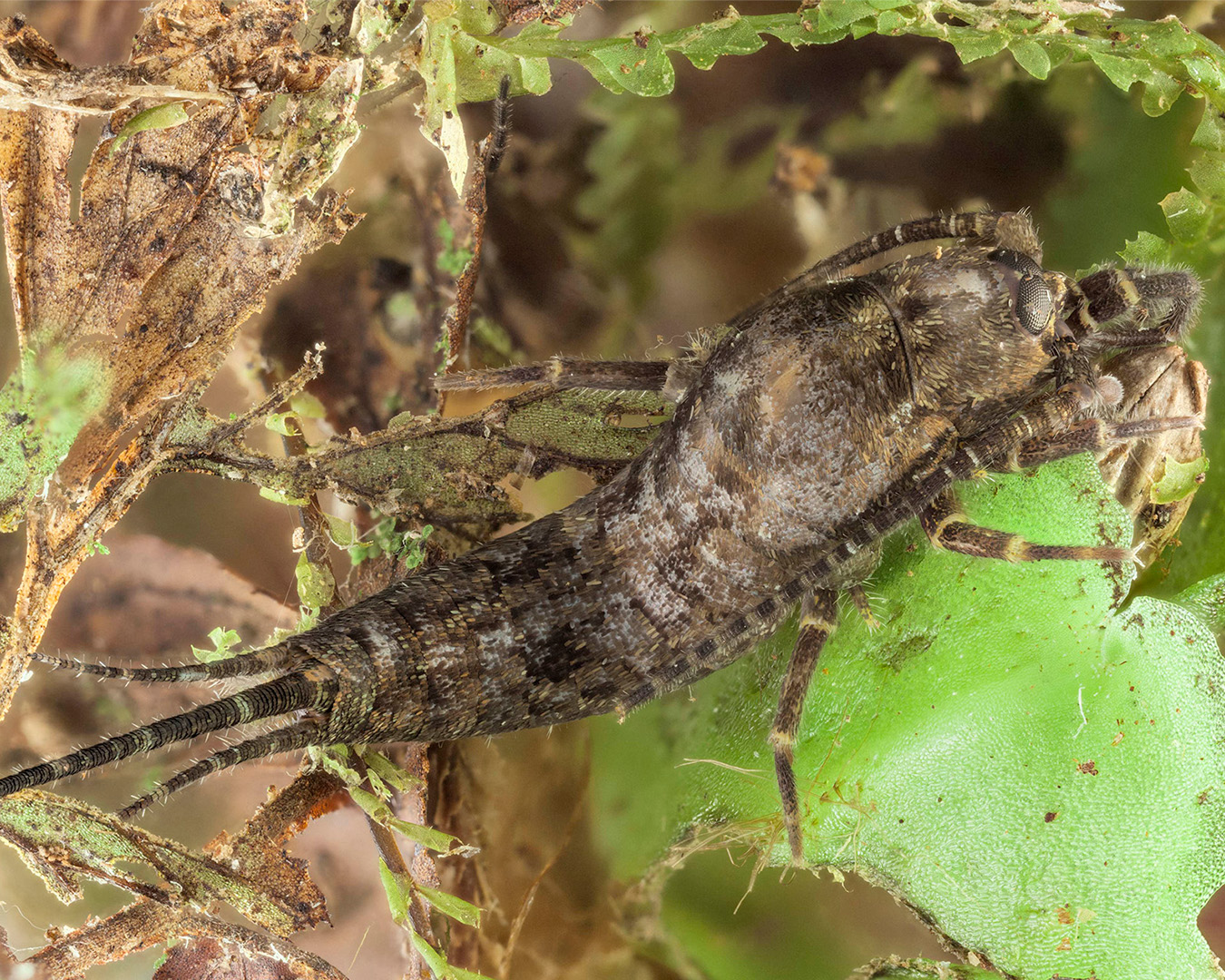
| Acronym: | PORBIOTA |
| Cost Center: | 830 |
| Operation Code: | ACORES-01-0145-FEDER-000072 |
| Title: | AZORESBIOPORTAL - PORBIOTA |
| Start-End: | 01-01-2021 - 30-06-2022 |
| Entidade Beneficiária Principal: | Fundação Gaspar Frutuoso |
| Gestores da FGF: | Lúcia Cláudio |
| Responsible Researcher: | Paulo Alexandre Vieira Borges |
| Organic Units: | FCAA - Faculdade de Ciências Agrárias e do Ambiente |
| R&D Units: | GBA-cE3c - Grupo de Biodiversidade dos Açores |
| Entidade | Montante |
|---|---|
| Total Eligible Cost | 299.901,83 € |
| Direção Regional da Ciência e da Tecnologia (15.0 %) | 44.985,27 € |
| PO Açores 2020 - FEDER (85.0 %) | 254.916,55 € |
Hiperligações:
Main Objectives:
Increase quality scientific production oriented towards intelligent specialization. AZORESBIOPORTAL - PORBIOTA is an e-infrastructure to manage biodiversity data from the Azores archipelago, aiming at its integration in the European LIFEWATCH e-Science infrastructure. It is intended to promote a regional agenda for biodiversity research, focusing on the provision of services to the scientific community, policy makers and managers, and contributing to public awareness and understanding of biodiversity. It is intended to achieve the following specific objectives:
a) Establish an electronic infrastructure, with high computational and storage capacity, improving the current platform of the Azores Biodiversity Portal, which will store and make available the data obtained to from existing databases and field observations and provide the ability to handle large amounts of data and implement complex computational routines;
b) Promote field expeditions to all Azorean islands to obtain new species distribution data;
c) Improve Literature Repositories and Photo Galleries on Biodiversity;
d) Promote the dissemination and increase citizen involvement in science, providing high-quality and easy-to-use information on biodiversity and the environment, and developing citizen science activities, by which the general public can contribute valuable information to the electronic infrastructure;
e) Promote the conservation of endemic species and the awareness of exotic species through the creation of new sub-portals and other extension activities (eg photography, social networks).
p>
f) To promote the training of researchers and technicians in the use of electronic infrastructure, including data and analytical tools, thus increasing the capacity of AZORESBIOPORTAL - PORBIOTA to contribute to the support and policy management;
g) Increase collaboration and strengthen the role of the Azores in international research infrastructures and networks, particularly with those dealing with similar topics, such as LifeWatch, LTER-Europe and GBIF , among others.
h) We also intend to strengthen biodiversity capacities at regional and national level, including the neighboring regions of the Macaronesian ORs (Madeira and Canaries), promoting the exchange of information.
Project Description:
The AZORESBIOPORTAL e-infrastructure (http://azoresbioportal.uac.pt/ ) will be conceived and structured from the user's point of view, while considering the potential and needs of a wide range of providers and users of information on biodiversity. The infrastructure is led by Paulo Borges and involves another 21 researchers and two employees from three top R&D units at regional level. By aggregating, harmonizing and providing data on terrestrial and marine biodiversity, it will contribute to 7 of the 9 Priority Domains of the RIS3 Azores. It will also contribute as a potential data provider for the “AZORES Air Center”. It will, therefore, be an essential instrument for ecosystem monitoring programs and direct support for the implementation and evaluation of policies for the conservation of nature and biodiversity in the Azores.
Results:
You will get the following results:
a) A new WEB interface will be created, replacing the current one (http:// azoresbioportal.uac.pt/) will allow the user to select, combine, consult, visualize and download species distribution data, for a single species or sets of species on islands of interest, at different geographic and temporal scales;
b) It will be possible to consult and generate maps of species richness, in order to identify sources of richness, patterns of distribution of exotic species, gaps in species inventories, etc.
c) It will be possible to analyze multimodal biodiversity data, including functional and taxonomic characteristics, distributions, habitats;














